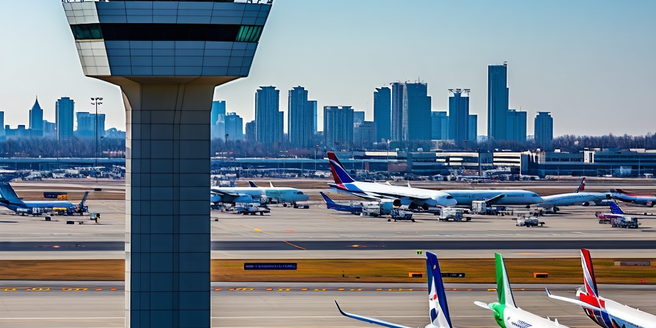
Understanding the Basics of Aviation Law
To navigate the complex world of aviation law, it is essential to understand the foundational concepts that govern the field. Aviation law is intertwined with international and national regulations, which outline the safety standards, operational protocols, and rights of both carriers and passengers. A clear grasp of these fundamentals is crucial for anyone involved in the aviation industry, as it ensures that all parties adhere to legal obligations while safeguarding public safety. This branch of law addresses a multitude of subjects, from airspace rights to aircraft operations, and is continually evolving in response to technological advancements and global demands.
Key Regulatory Bodies in Aviation
The aviation industry is overseen by key regulatory bodies, ensuring standards are met globally. Prominent organizations include the International Civil Aviation Organization (ICAO), which sets international safety and security standards, and the Federal Aviation Administration (FAA), which governs regulations in the United States. Additionally, the European Union Aviation Safety Agency (EASA) plays a pivotal role within Europe. These bodies work collaboratively with national authorities to maintain a robust aviation framework, holding airlines and operators accountable. Their regulations cover areas such as airworthiness, licensing, and training, ensuring consistent safety across borders and enhancing the industry’s reliability.
Recent Changes in Aviation Legislation
In recent years, aviation legislation has been adapting to address emerging challenges and technologies. Key changes include enhanced safety protocols, more stringent environmental standards, and regulations for unmanned aircraft systems (UAS), commonly known as drones. As technology advances rapidly, regulators are often faced with the task of predicting future challenges in the industry. Additionally, there has been a focus on passenger rights, with laws ensuring fair treatment and compensation for delays or cancellations. These legislative shifts aim to balance innovation while maintaining safety and sustainability in the industry. Staying informed about these changes is vital for professionals to ensure compliance and leverage new opportunities within a regulated framework.
Common Compliance Challenges in Aviation
Aviation stakeholders face several compliance challenges that require strategic navigation. A major difficulty lies in adapting to ever-evolving regulations that differ across jurisdictions, demanding constant updates and training. Moreover, the complexities of international regulations can add layers of difficulty for global operations. Additionally, the integration of new technologies, like drones and advanced navigation systems, presents compliance hurdles. Environmental sustainability regulations impose further constraints, requiring innovative solutions for reducing emissions. Lastly, data protection and privacy issues have gained prominence, necessitating robust safeguarding measures. Addressing these challenges is essential for maintaining operational integrity and avoiding penalties associated with non-compliance, while promoting a culture of safety and responsibility.
Strategies for Ensuring Compliance
Ensuring compliance in the aviation industry demands a multifaceted approach. Organizations should implement comprehensive training programs to keep personnel updated on current regulations and best practices. Investing in advanced technology can aid in monitoring compliance and enhancing operational efficiency. Collaborating with legal experts can provide valuable insights and assistance in navigating complex legal landscapes. Regular audits and assessments are crucial to identify potential compliance gaps, while adopting an organizational culture that prioritizes safety can reinforce commitment to regulatory adherence. By fostering a proactive approach, the industry can uphold standards and ensure continuous improvement in compliance efforts.
Future Trends in Aviation Law Compliance
As the aviation industry evolves, future trends in law compliance will likely focus on increased digitalization, sustainability, and strengthened security measures. Digital records and blockchain technology may streamline documentation processes and enhance transparency. Additionally, the integration of artificial intelligence in operations could revolutionize how data is managed and interpreted. Environmentally-friendly practices and carbon-neutral goals could become standard as regulatory bodies push for greener aviation. Meanwhile, cybersecurity will play a critical role in safeguarding flight operations and passenger data. Adapting to these trends will require collaboration between regulators and industry players, ensuring that the legal framework evolves to support innovation while maintaining safety and accountability standards.
